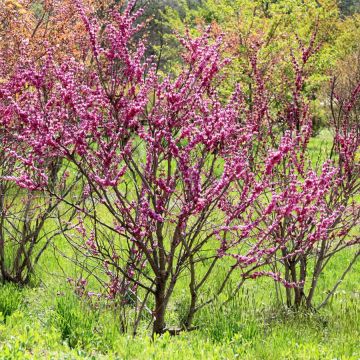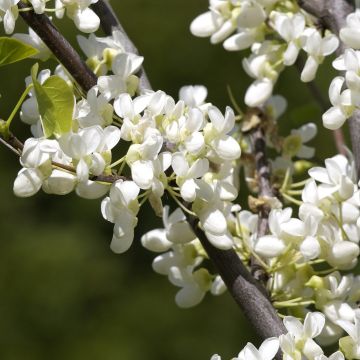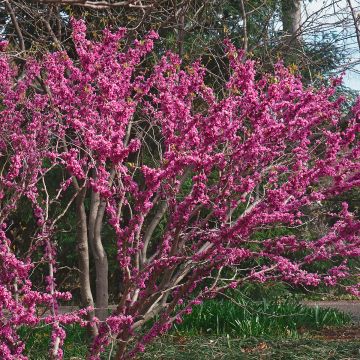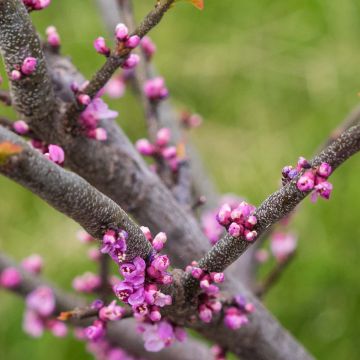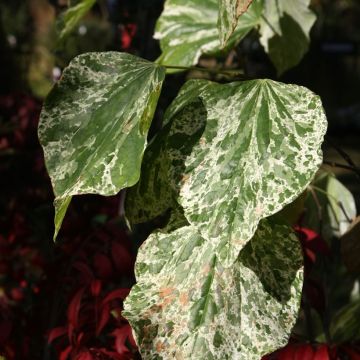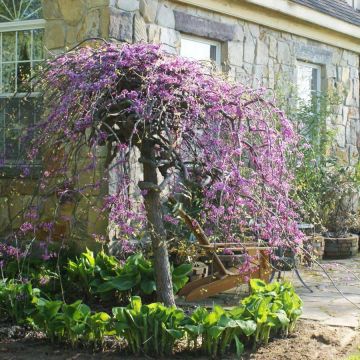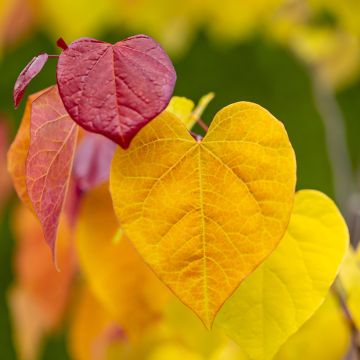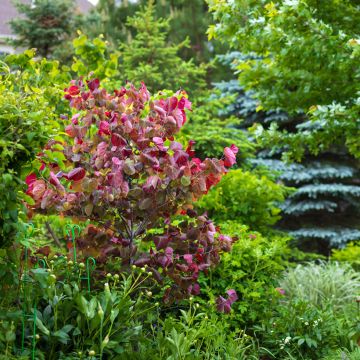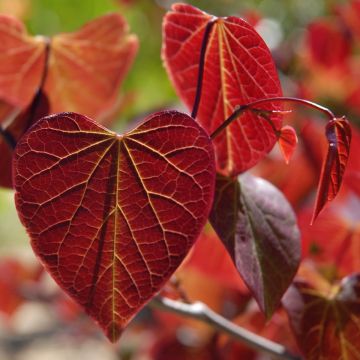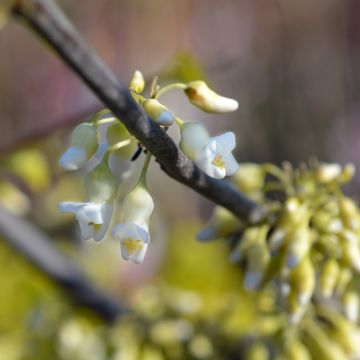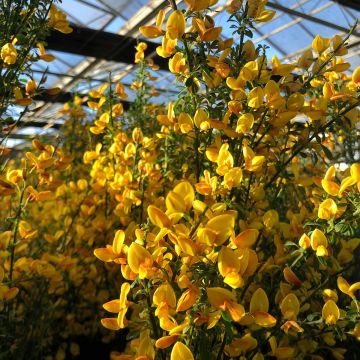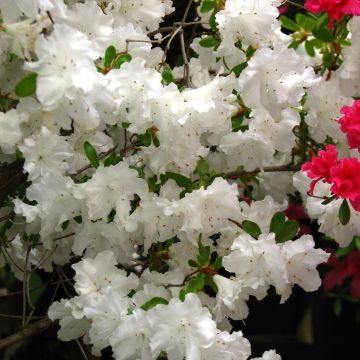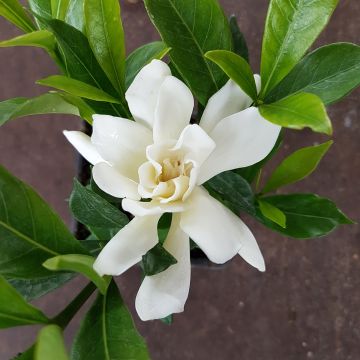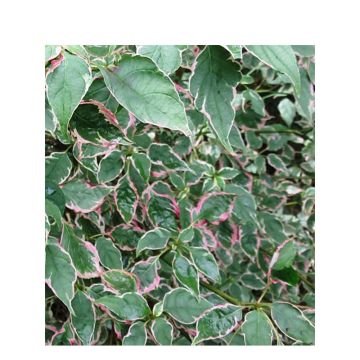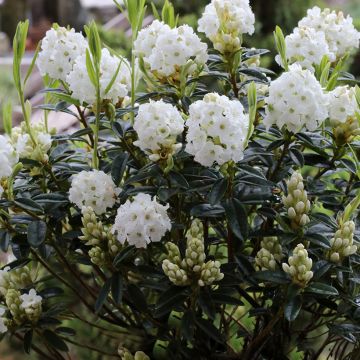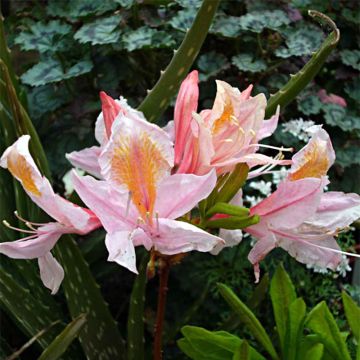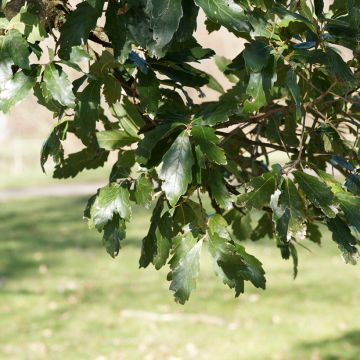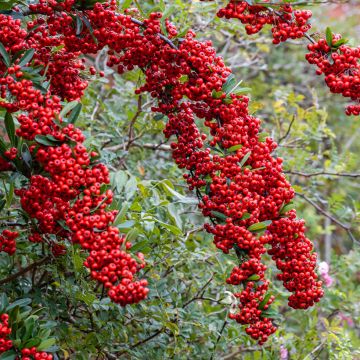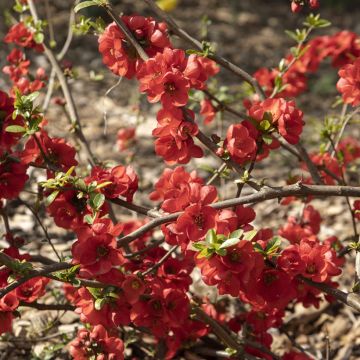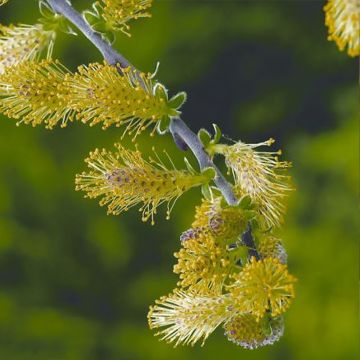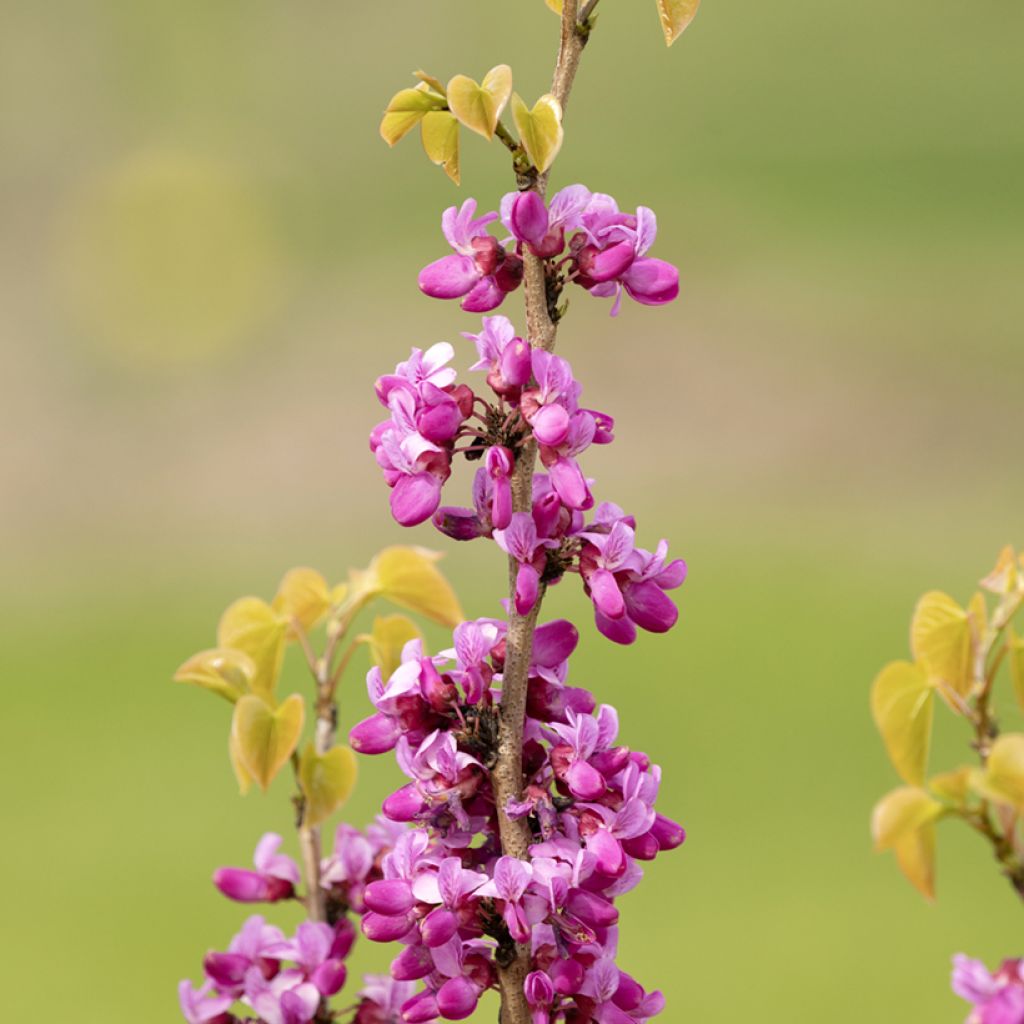

Cercis siliquastrum - Judas Tree
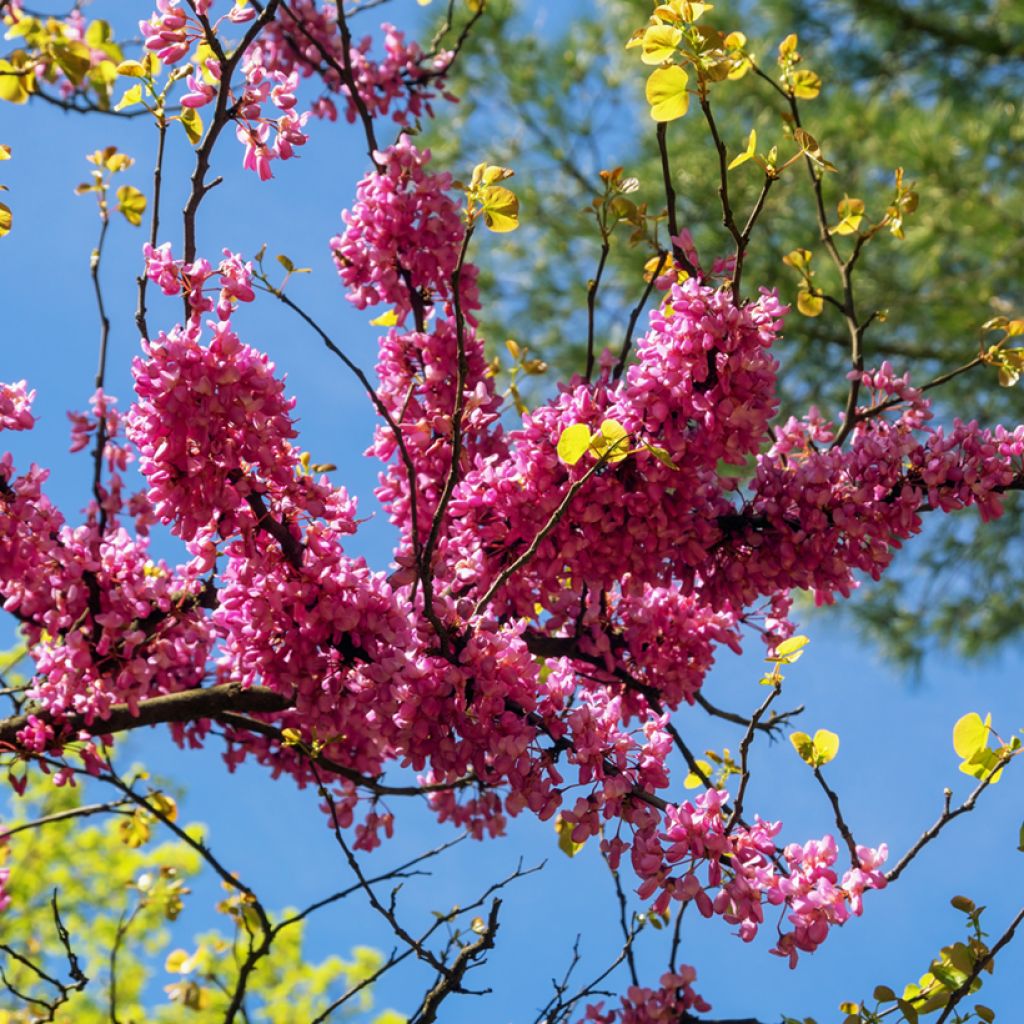

Cercis siliquastrum - Judas Tree
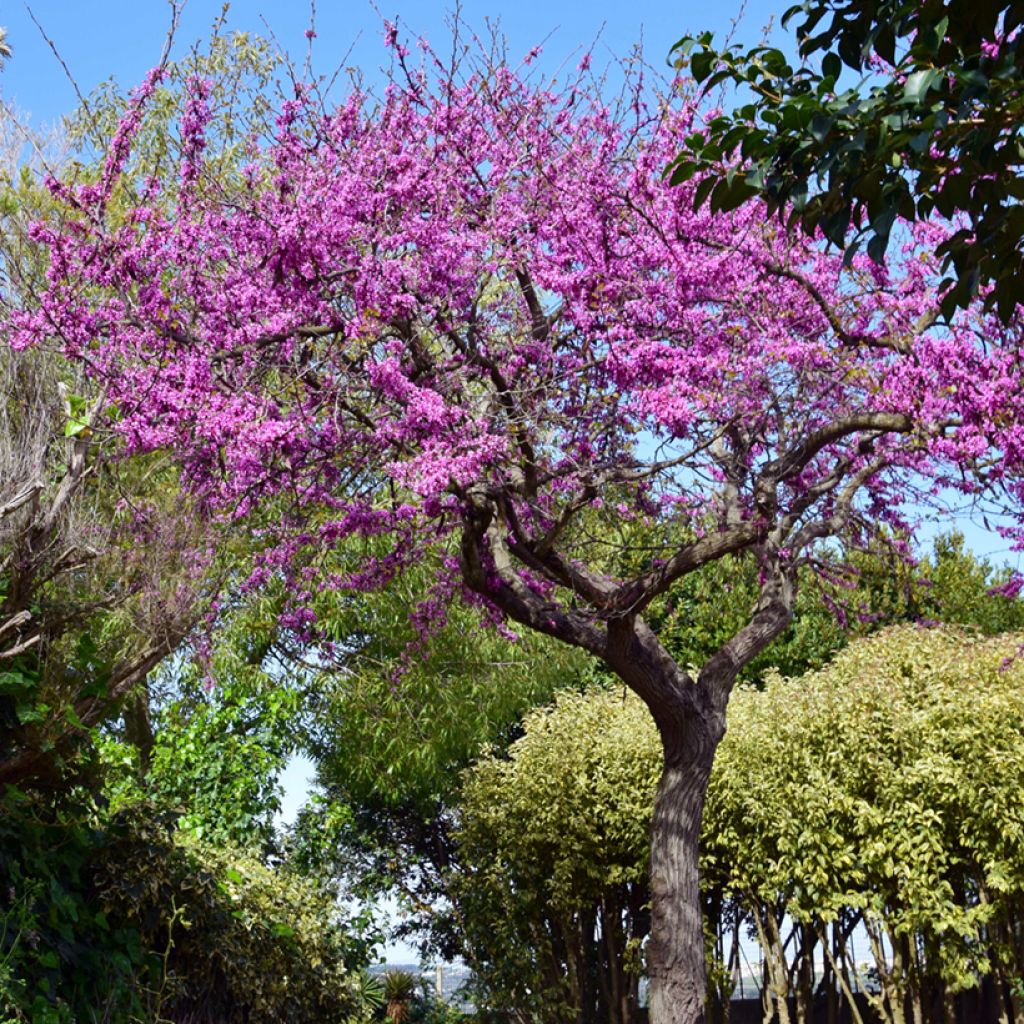

Cercis siliquastrum - Judas Tree
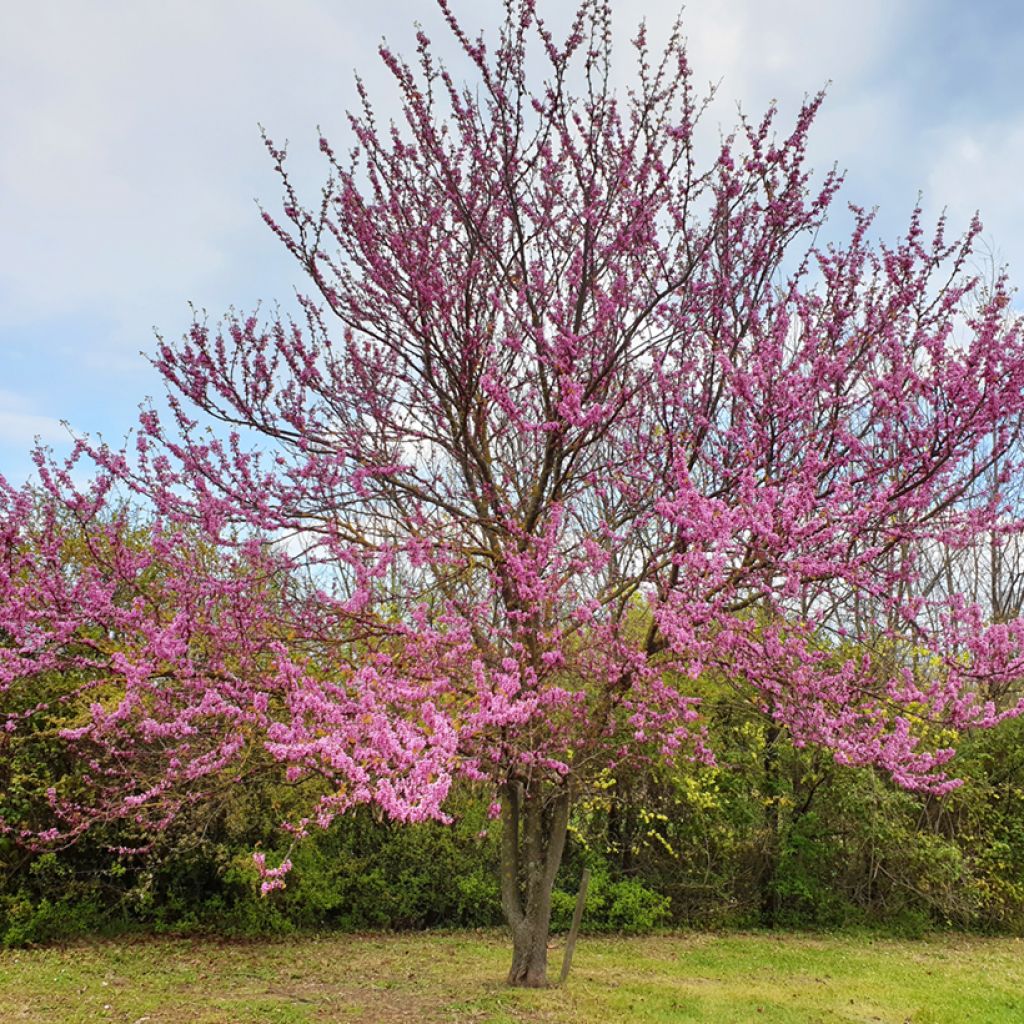

Cercis siliquastrum - Judas Tree
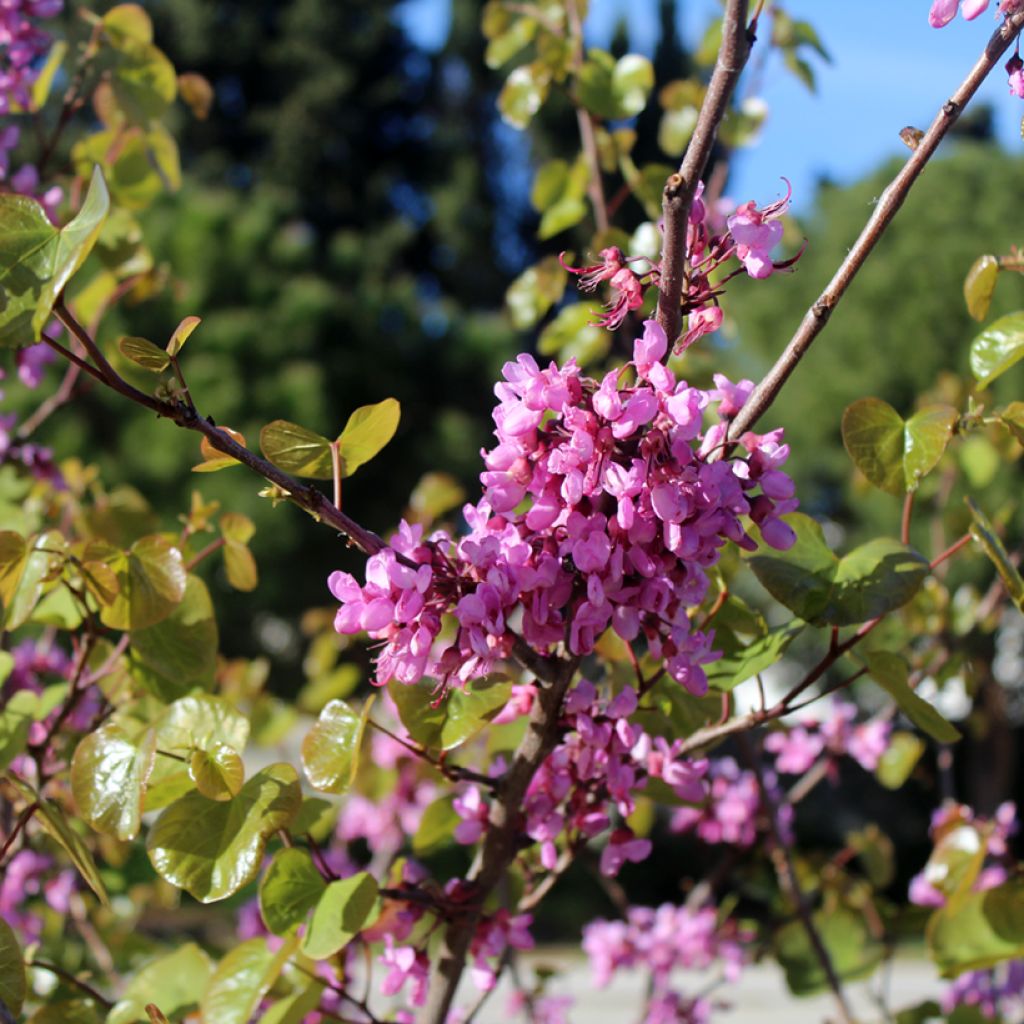

Cercis siliquastrum - Judas Tree
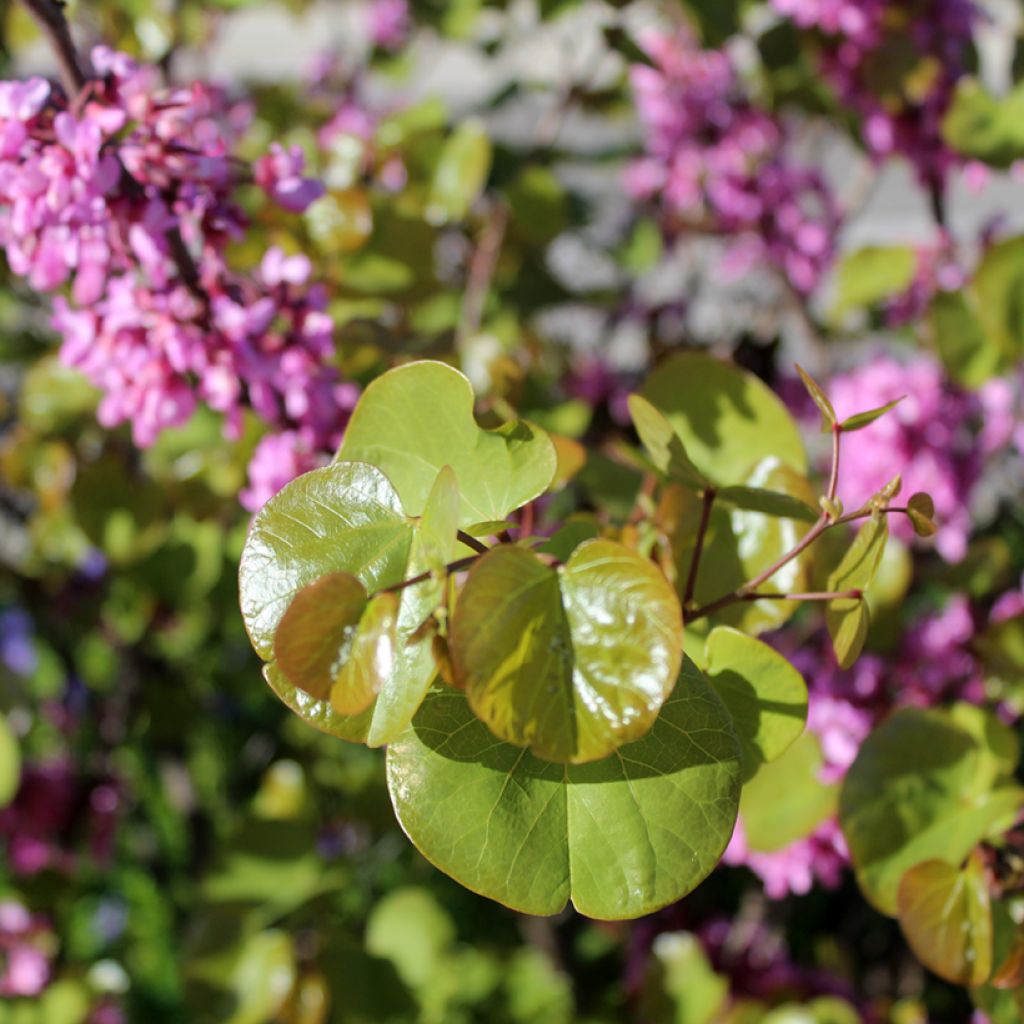

Cercis siliquastrum - Judas Tree
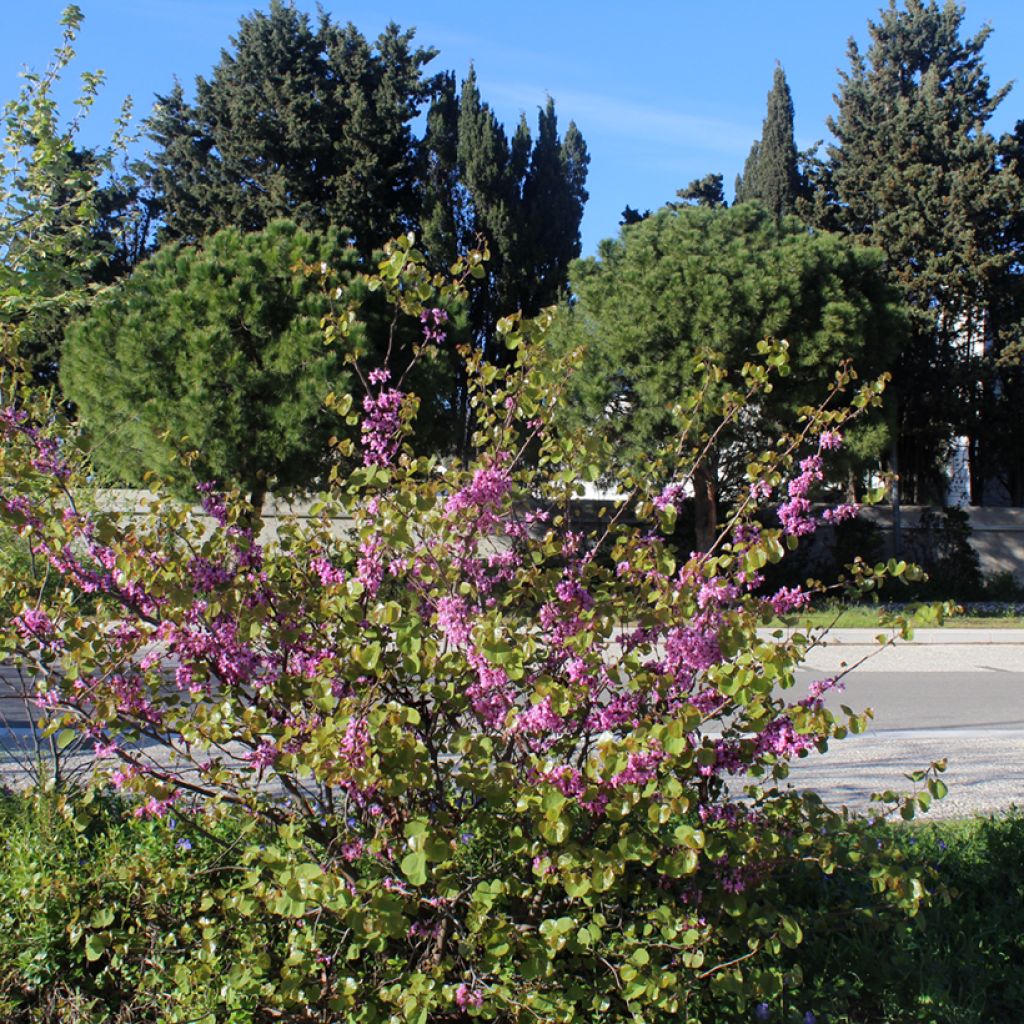

Cercis siliquastrum - Judas Tree
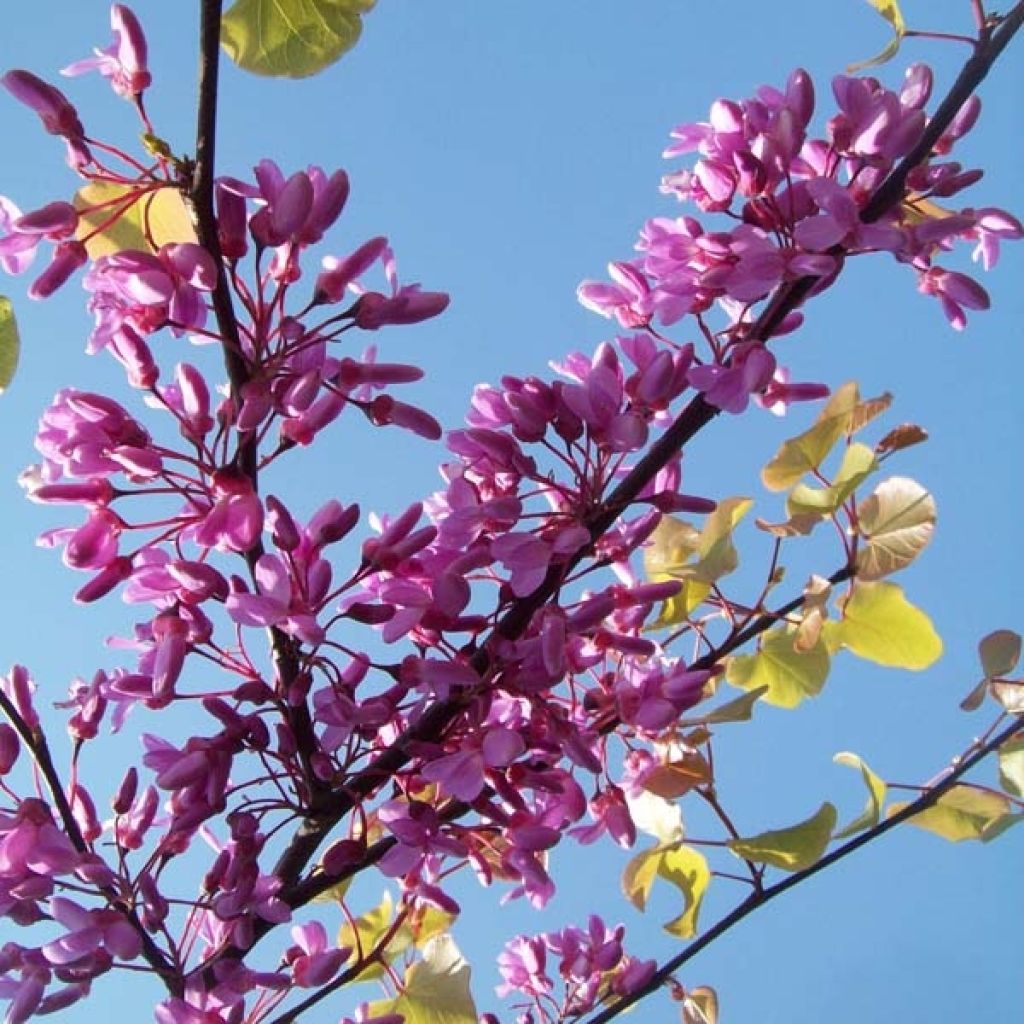

Cercis siliquastrum - Judas Tree
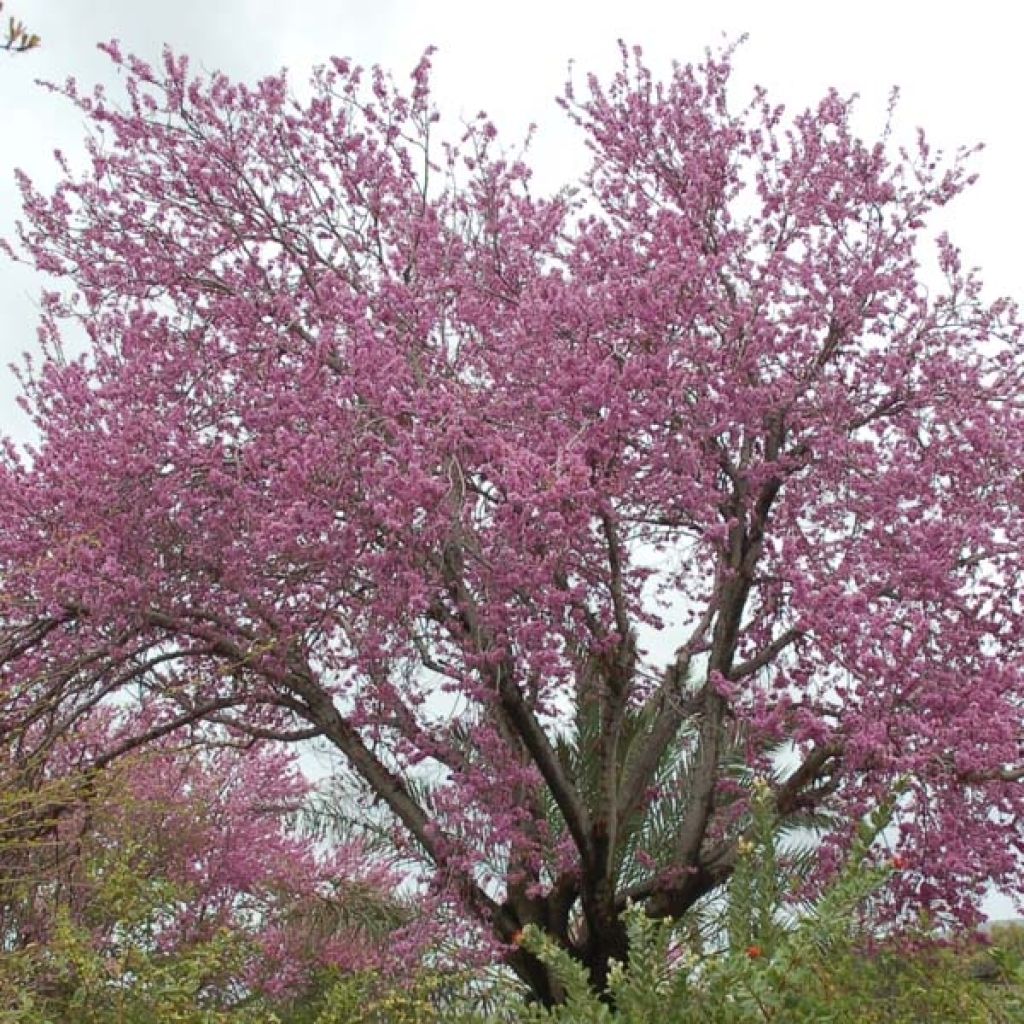

Cercis siliquastrum - Judas Tree
Cercis siliquastrum - Judas Tree
Cercis siliquastrum
Common Redbud, Judas Tree
This item cannot be shipped to the selected country
Oversize package delivery charge from €6.90
Delivery charge from €5.90
Delivery charge from €5.90
Delivery to Corse prohibited
More information
Schedule delivery date,
and select date in basket
This plant carries a 24 months recovery warranty
More information
We guarantee the quality of our plants for a full growing cycle, and will replace at our expense any plant that fails to recover under normal climatic and planting conditions.
Oversize package: home delivery by special carrier from €6.90 per order..
Express home delivery from €8.90.
From €5.90 for pickup delivery and €6.90 for home delivery
Express home delivery from €8.90.
From €5.90 for pickup delivery and €6.90 for home delivery
Express home delivery from €8.90.
Delivery to Corse prohibited: UE law prohibits the import of this plant from mainland France to Corse as part of the fight against Xylella fastidiosa. Please accept our sincere apologies.
More information
Does this plant fit my garden?
Set up your Plantfit profile →
Description
The Judas tree or Eastern redbud (Cercis siliquastrum), is a large deciduous bush with a tall, upright habit and stunning purplish-pink flowers. The tree blooms in April and May, producing an abundance of butterfly-shaped flowers that cluster together and blanket the bare trunk and branches. The leaves of the tree are heart-shaped, bluish-green in colour and turn golden yellow in autumn. The tree thrives in a sunny location and can adapt to any type of soil, including dry and poor ones. When young, it is sensitive to cold, but once well-established, it is hardy.
Cercis siliquastrum belongs to the Fabaceae or Leguminosae family. It is native to regions near the shores of the Mediterranean and the Black Sea. Its growth is relatively slow, and its mature size reaches around 8 to 10 m (32 to 10 ft) in height and 4 to 5 m (16 to 5 ft) in width. It is an upright tree, often with a bushy tendency. Its abundant flowering starts in April before the leaves appear. The Judas tree is cauliflorous, with flowers appearing directly on the bare trunk and branches. Graceful and tightly packed together, the flowers are fragrant and have a butterfly-like shape in a purplish-pink colour. The fruits, in the form of flattened pods, are produced in autumn and remain on the tree after the foliage drops, much to the delight of birds. The leaves of this plant are heart-shaped, rounded, thick, and smooth. The branches of mature plants extend towards the ground. As the plant ages, its bark turns from grey to nearly black. Although not as hardy as the Canadian redbud, it can still withstand temperatures as low as -12°C or even -15°C if it is grown in well-drained soil.
This Judas tree appreciates sunny locations and any type of soil as long as it is well-draining. It performs well in limestone, dry, rocky terrain. In poor soil, enrich the planting soil with good compost or topsoil. Water it regularly in the first season in case of drought. It can tolerate all types of soils, even limestone. Young shoots may suffer in case of severe frost in early spring. Protection with winter fleece can be useful in the first years in case of a cold spell in March.
This plant can be used as a standalone specimen in a small garden. If you have neutral or limestone soil that is well-draining, you can plant it in a mixed hedge with other plants such as Montpellier maple, smoke tree, and winged spindle tree. This will create a vibrant grove from September to November. Since it grows in dense bushes, it will fit nicely in a bed with lilacs, kolwitzias, and mock oranges.
Report an error about the product description
Cercis siliquastrum - Judas Tree in pictures
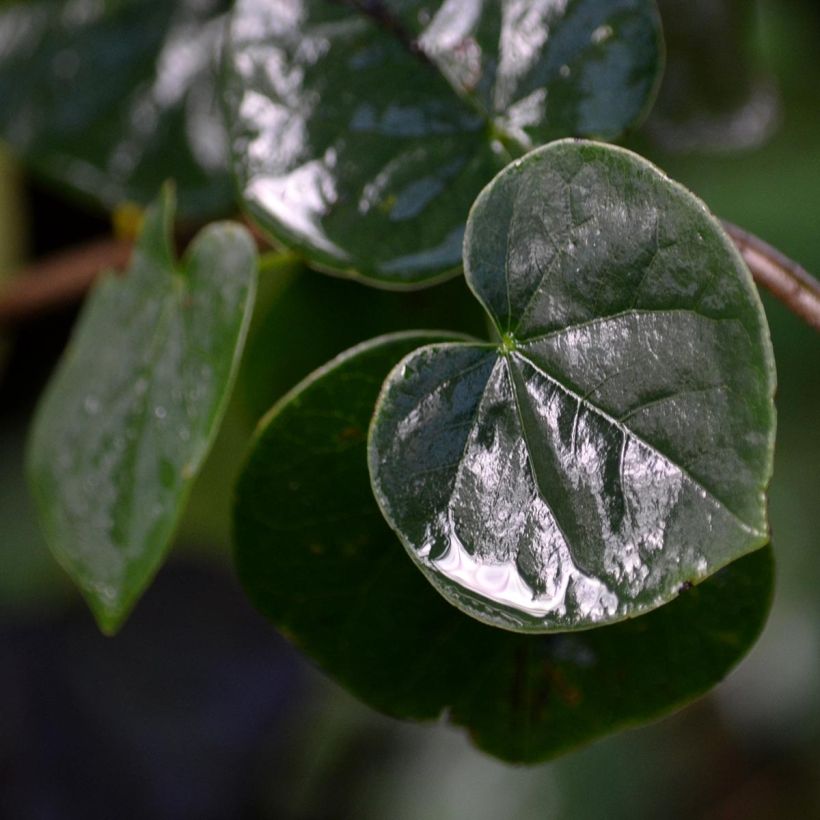



Plant habit
Flowering
Foliage
Botanical data
Cercis
siliquastrum
Fabaceae
Common Redbud, Judas Tree
Mediterranean
Other Cercis
Planting and care
The Judas tree thrives in sunny locations and can grow in various types of soil. However, it prefers soil that is rich, moist, and well-draining. In areas with poor soil, it is recommended to enrich the planting soil with good compost or potting soil. During the first few seasons, it's essential to water the tree regularly to prevent excessive drying out. The Judas tree tolerates all types of soil, including limestone, but young shoots may be susceptible to frost damage in early spring. To protect them, it's advisable to cover the tree with horticultural fleece in the first few years, especially if a cold spell occurs in March.
Planting period
Intended location
Care
-
, onOrder confirmed
Reply from on Promesse de fleurs
Spring-flowering shrubs
Haven't found what you were looking for?
Hardiness is the lowest winter temperature a plant can endure without suffering serious damage or even dying. However, hardiness is affected by location (a sheltered area, such as a patio), protection (winter cover) and soil type (hardiness is improved by well-drained soil).

Photo Sharing Terms & Conditions
In order to encourage gardeners to interact and share their experiences, Promesse de fleurs offers various media enabling content to be uploaded onto its Site - in particular via the ‘Photo sharing’ module.
The User agrees to refrain from:
- Posting any content that is illegal, prejudicial, insulting, racist, inciteful to hatred, revisionist, contrary to public decency, that infringes on privacy or on the privacy rights of third parties, in particular the publicity rights of persons and goods, intellectual property rights, or the right to privacy.
- Submitting content on behalf of a third party;
- Impersonate the identity of a third party and/or publish any personal information about a third party;
In general, the User undertakes to refrain from any unethical behaviour.
All Content (in particular text, comments, files, images, photos, videos, creative works, etc.), which may be subject to property or intellectual property rights, image or other private rights, shall remain the property of the User, subject to the limited rights granted by the terms of the licence granted by Promesse de fleurs as stated below. Users are at liberty to publish or not to publish such Content on the Site, notably via the ‘Photo Sharing’ facility, and accept that this Content shall be made public and freely accessible, notably on the Internet.
Users further acknowledge, undertake to have ,and guarantee that they hold all necessary rights and permissions to publish such material on the Site, in particular with regard to the legislation in force pertaining to any privacy, property, intellectual property, image, or contractual rights, or rights of any other nature. By publishing such Content on the Site, Users acknowledge accepting full liability as publishers of the Content within the meaning of the law, and grant Promesse de fleurs, free of charge, an inclusive, worldwide licence for the said Content for the entire duration of its publication, including all reproduction, representation, up/downloading, displaying, performing, transmission, and storage rights.
Users also grant permission for their name to be linked to the Content and accept that this link may not always be made available.
By engaging in posting material, Users consent to their Content becoming automatically accessible on the Internet, in particular on other sites and/or blogs and/or web pages of the Promesse de fleurs site, including in particular social pages and the Promesse de fleurs catalogue.
Users may secure the removal of entrusted content free of charge by issuing a simple request via our contact form.
The flowering period indicated on our website applies to countries and regions located in USDA zone 8 (France, the United Kingdom, Ireland, the Netherlands, etc.)
It will vary according to where you live:
- In zones 9 to 10 (Italy, Spain, Greece, etc.), flowering will occur about 2 to 4 weeks earlier.
- In zones 6 to 7 (Germany, Poland, Slovenia, and lower mountainous regions), flowering will be delayed by 2 to 3 weeks.
- In zone 5 (Central Europe, Scandinavia), blooming will be delayed by 3 to 5 weeks.
In temperate climates, pruning of spring-flowering shrubs (forsythia, spireas, etc.) should be done just after flowering.
Pruning of summer-flowering shrubs (Indian Lilac, Perovskia, etc.) can be done in winter or spring.
In cold regions as well as with frost-sensitive plants, avoid pruning too early when severe frosts may still occur.
The planting period indicated on our website applies to countries and regions located in USDA zone 8 (France, United Kingdom, Ireland, Netherlands).
It will vary according to where you live:
- In Mediterranean zones (Marseille, Madrid, Milan, etc.), autumn and winter are the best planting periods.
- In continental zones (Strasbourg, Munich, Vienna, etc.), delay planting by 2 to 3 weeks in spring and bring it forward by 2 to 4 weeks in autumn.
- In mountainous regions (the Alps, Pyrenees, Carpathians, etc.), it is best to plant in late spring (May-June) or late summer (August-September).
The harvesting period indicated on our website applies to countries and regions in USDA zone 8 (France, England, Ireland, the Netherlands).
In colder areas (Scandinavia, Poland, Austria...) fruit and vegetable harvests are likely to be delayed by 3-4 weeks.
In warmer areas (Italy, Spain, Greece, etc.), harvesting will probably take place earlier, depending on weather conditions.
The sowing periods indicated on our website apply to countries and regions within USDA Zone 8 (France, UK, Ireland, Netherlands).
In colder areas (Scandinavia, Poland, Austria...), delay any outdoor sowing by 3-4 weeks, or sow under glass.
In warmer climes (Italy, Spain, Greece, etc.), bring outdoor sowing forward by a few weeks.

































